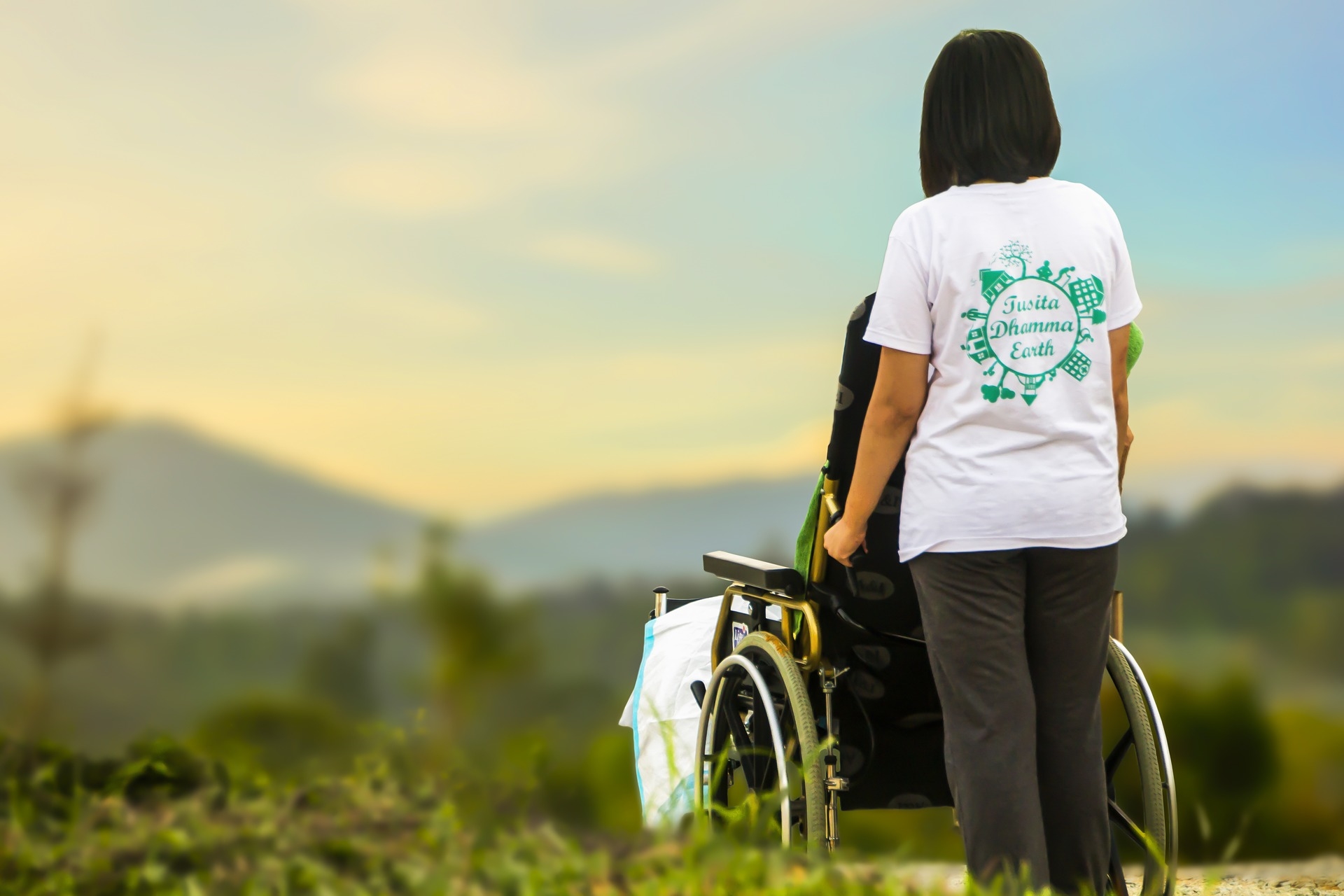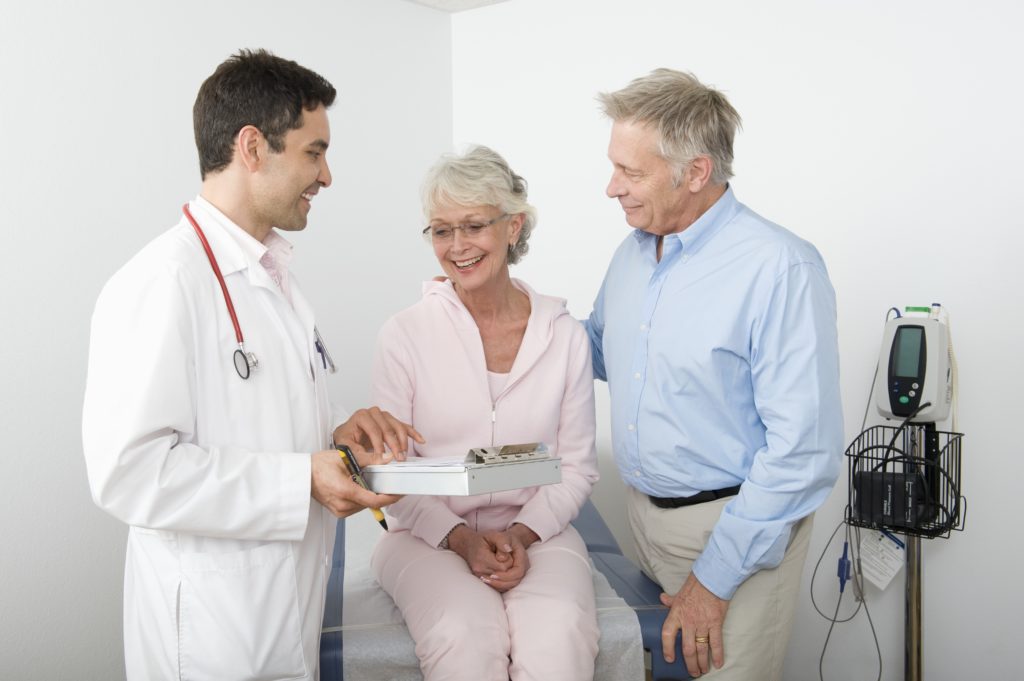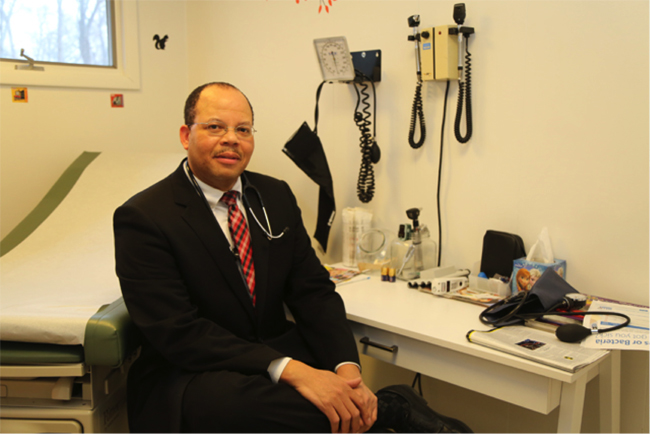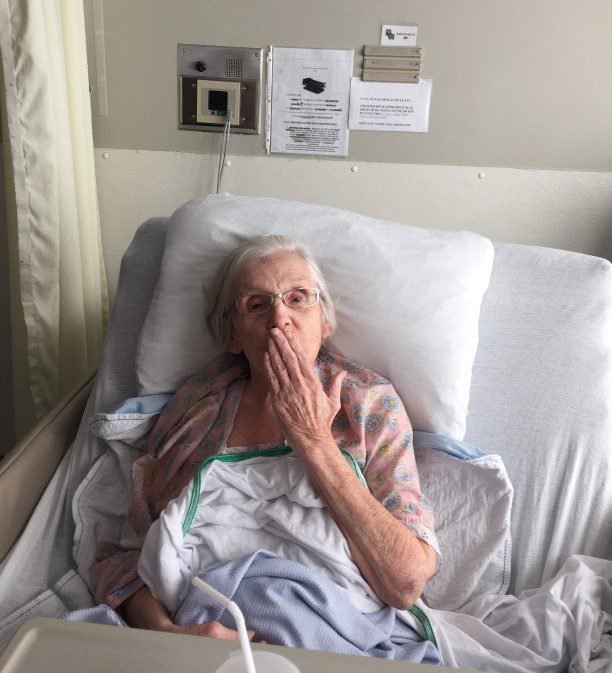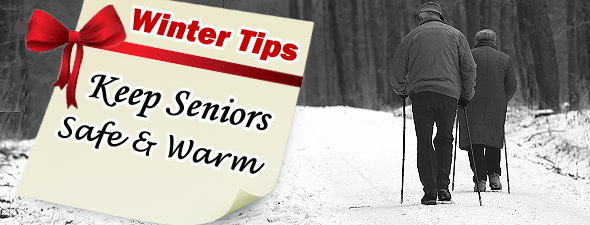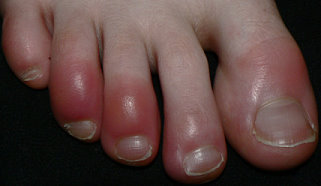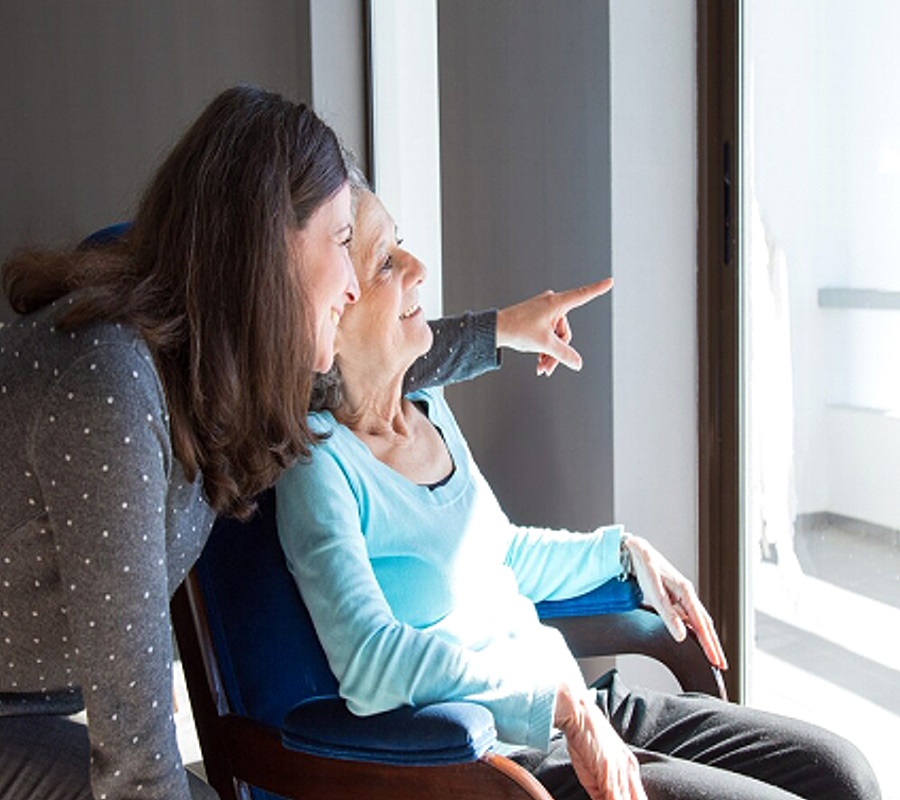
Image by Freepik
Caring for an aging loved one while managing a career and personal life can feel like a never-ending juggling act. The weight of responsibility often leads to exhaustion, guilt, and the sense that there simply aren’t enough hours in the day. But while the challenge is real, so is the possibility of finding balance. With a few practical strategies, you can create a rhythm that supports both your loved one’s needs and your own well-being.
Set Boundaries and Stick to Them
One of the hardest things for caregivers to accept is that they can’t do everything. You might feel obligated to be available 24/7, but without boundaries, burnout is inevitable. Set clear expectations with family, employers, and even the senior in your care about when you are and aren’t available. A firm but compassionate “I can help with that later” is sometimes the best gift you can give yourself.
Use Technology to Lighten the Load
Smartphones, apps, and online services aren’t just for convenience—they can be lifesavers for busy caregivers. Medication reminder apps, grocery delivery services, and virtual doctor appointments can cut down on time-consuming errands. Set up shared digital calendars so family members and hired help are on the same page about appointments and responsibilities. The less you have to track in your head, the more energy you’ll have for what truly matters.
Pursuing Your Career Dreams on Your Own Terms
Chasing your career dreams doesn’t have to be put on hold just because life has thrown extra responsibilities your way. Whether you’ve always wanted to become a nurse, an educator, or a business leader, online degree programs can help improve your career prospects by offering flexible and specialized tracks to explore. With the ability to study at your own pace, these programs provide a convenient way to balance coursework with caregiving duties, ensuring you don’t have to sacrifice one for the other. If you’re ready to take the next step, learn about your options and find a program that fits your goals and lifestyle.
Make Work and Caregiving Complement Each Other
If you’re employed, see if your job offers flexible work arrangements, such as remote work or adjusted hours. Many companies recognize the challenges caregivers face and have policies in place to accommodate them. When possible, schedule work tasks that require high concentration during times when your loved one is resting or engaged in an activity. Finding synergy between your job and caregiving role can help you avoid the feeling that they are constantly in conflict.
Rethink What “Me Time” Looks Like
Self-care doesn’t have to mean extravagant vacations or spa days—sometimes, it’s about the small, consistent habits that help you recharge. A five-minute breathing exercise, a short walk, or even listening to a favorite podcast while preparing meals can be enough to reset your mind. The key is to make self-care non-negotiable, no matter how small the action. When you take care of yourself, you’re in a better position to take care of someone else.
Delegate Without Guilt
You don’t have to be the only person providing care. Ask family members to pitch in, hire a part-time caregiver, or tap into community resources for respite care. If people offer to help, accept it—even if they don’t do things exactly the way you would. Letting go of perfectionism and embracing shared responsibility can make a world of difference in your stress levels.
Stay Connected to Your Own Life
It’s easy for caregiving to take over your identity, but maintaining your own social life and interests is essential. Make a point to schedule time with friends, keep up with hobbies, and engage in activities that remind you of who you are outside of caregiving. Isolation is a major source of burnout, and staying connected can provide the emotional strength you need to keep going.
Guilt is a constant companion for many caregivers, but it doesn’t have to be. Remind yourself that you’re doing the best you can with the resources you have. There is no perfect way to be a caregiver—only the way that works for you and your loved one. Give yourself the grace to know that being present and doing your best is already more than enough.
Caregiving is one of the hardest jobs in the world, but you don’t have to do it alone. Visit CaregiverCorner.com for more tips, resources, and a community that understands what you’re going through.
Post contributed by Karen Weeks at elderwellness.net


